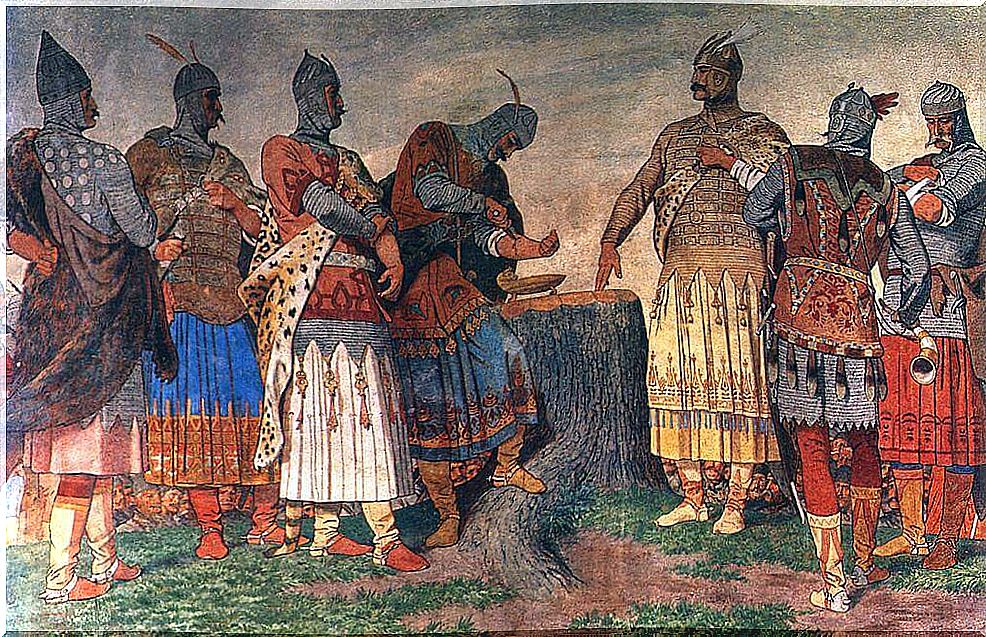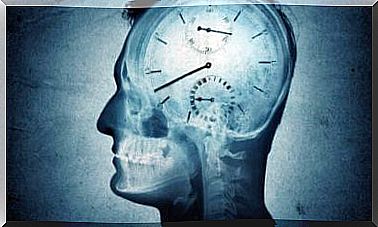The Year 1000, The Year Of The Apocalypse

In Paul’s Revelation, it feels like the world is about to come to an end. After the Ascension of Christ, we expect the Last Judgment.
However, God’s biblical times are not the times of men, and the end was ultimately not so imminent. Throughout history, many have proclaimed an apocalypse according to the sacred texts, but rarely has this announcement aroused a fervor comparable to that experienced in the year 1000.
Such a phenomenon is certainly due in part to the round figure for the year in question. Perhaps also to the perception of an increase in ailments and dangers. Perhaps still in political and religious changes. In reality, it is surely a combination of all of these things at the same time.
Christianity, ravaged by its enemies
The extermination and persecution of God’s flock is part of the evidence for the end of the world. Many are accused at the end of the tenth century.
Of all the pagan peoples who strike Christendom, the Vikings are certainly those who could herald the Apocalypse. Indeed, these invincible bloodthirsty fighters then ravaged England, ignoring the Peace of God. No less terrifying, the Magyar horsemen of Hungary were also feared in medieval Christian Europe.

The Muslim Apocalypse?
However, while parts of Europe were regularly assaulted by these two pagan peoples, an endemic evil posed an even greater threat to the Church. It was then about Islam. Indeed, the Egyptian Fatimid Caliphate had ordered the destruction of hundreds of Coptic temples in the Egyptian region, once Christianized land.
Muslims also looted churches in Palestine and attacked pilgrims on their way to Jerusalem. The Holy Land was then under the yoke of the enemies of the cross. It is therefore difficult to find better proof of the imminence of the Apocalypse.
Above all, the Muslims were sleeping and already well established in the lands of the Iberian Peninsula after having driven out the Christian kings. In the Umayyad Caliphate, one name resonates particularly. This is Almanzor whose name means “the Victorious” in Arabic.
In 985, Almanzor defeated Charlemagne’s successors in Barcelona. In 997, he sacked Santiago de Compostela. The city, although under the protection of the Apostle, did not withstand this tragedy. Many other raids followed by the “Victorious”. What if the year 1000 was for him the occasion of a new breakthrough?
The prophets of Revelation
Many echoed these rumors, linking wars to famine or epidemics. In one of his most famous texts, Adson de Montier-en-Der, a French abbot, warned against Carolingian decadence and the end of times that would follow.
Other opportunists, like the Comte de Sens, have decided to blame the bad harvests with the approach of the Apocalypse. Practical to avoid any revolt. The prophets were quick to alarm the people.
Of all the proposals, Millennialism was the most popular at the time. According to this belief, what was to come was not the end. In fact, they were waiting for the coming of Christ to rule the world for the next thousand years.
Condemned as heresy, this belief has nonetheless become the valve of certain popular frustrations. Undoubtedly, the coming of Christ would signify a profound spiritual and social renewal towards greater equality.
Of all the changes that the people of the late first millennium anticipated, at least one has taken place. Indeed, it was at this time that the so-called feudal revolution took place.
Hugues Capet, Count of Paris who took the throne of France, is a typical example. Throughout Christianity there was then the coming to power of a series of feudal lords. They therefore centralized royal powers and thus gained de facto political independence.
The Church, unwilling to cede her power to this new order of nobles, then organized the assemblies of peace and the truce of God. The full Middle Ages are on their way.

And life resumed its course
The formidable Scandinavians converted to Roman Christianity precisely in the year 1000. Shortly after, Stephen I’s father of Hungary had united his people in Rome.
Only two years later, Almanzor died. He left as a legacy a caliphate in crisis which continued, inexorably, its division to end with the loss of its territories in the North.
The massive misinterpretation of historical facts, both by educated people and the people, should therefore not surprise us. Even today, we systematically fall into the same pitfalls: interpreting the chain of historical facts as a gradual advance towards a point.
History is not a gradual and inexorable evolution towards good or evil. No more towards the end or progress, nor towards freedom or tyranny. No more ultimately than towards equality or any other value.









